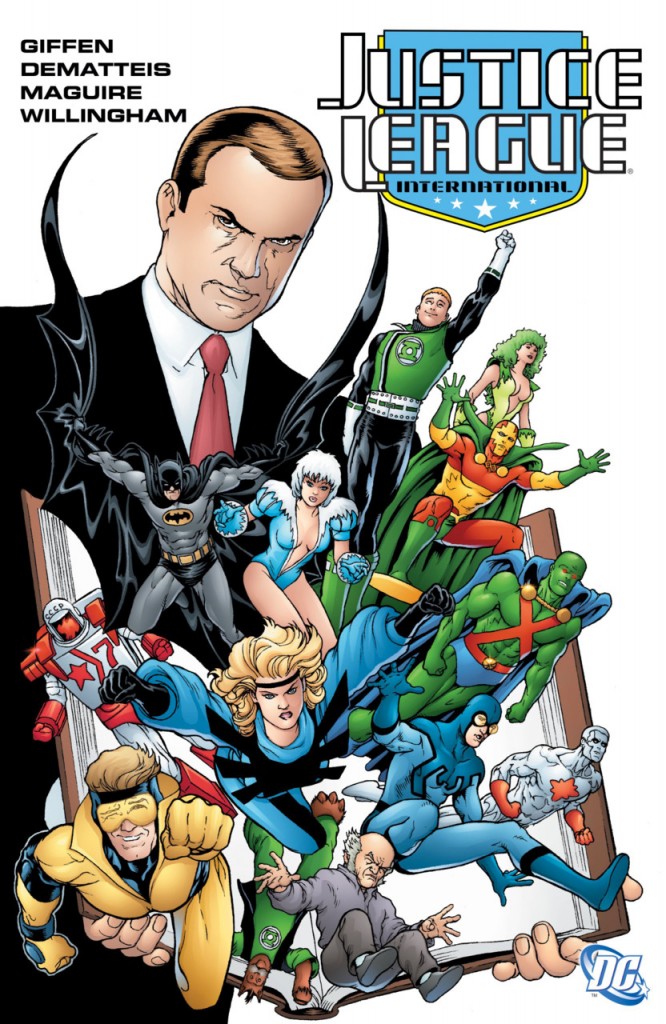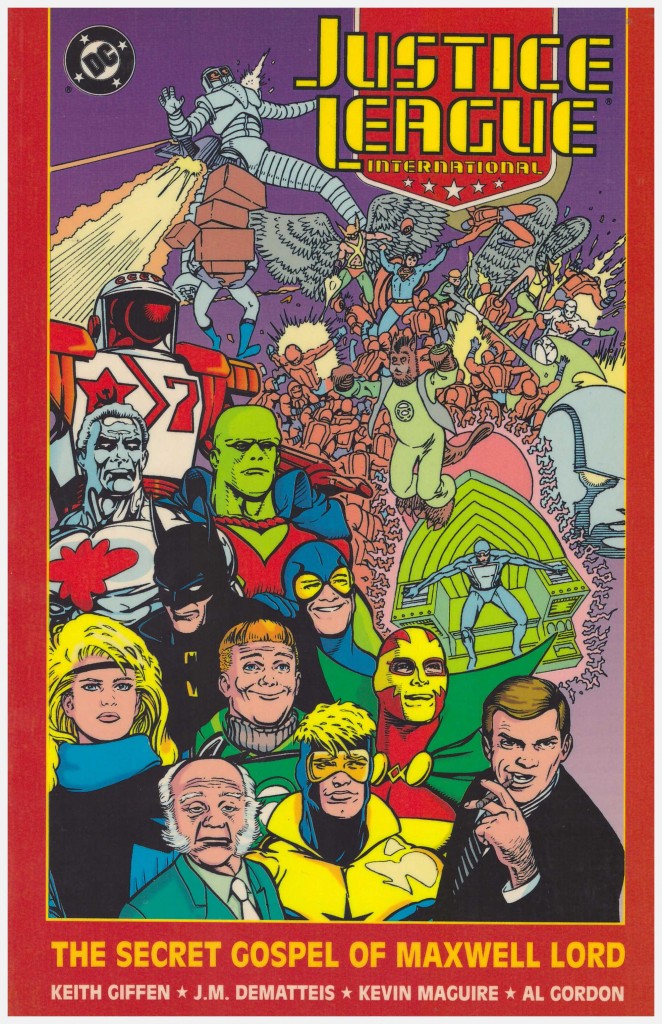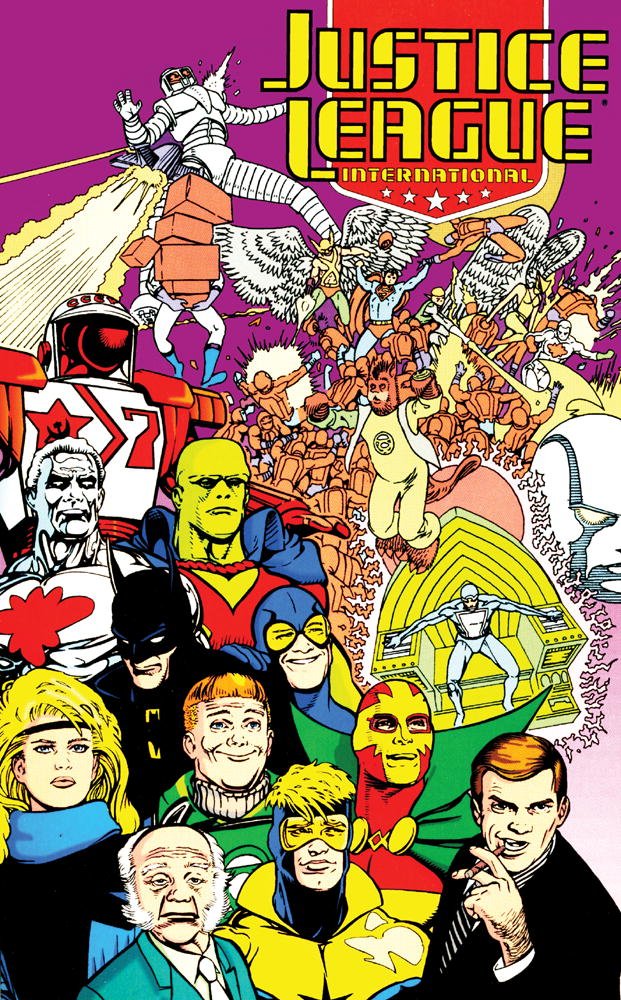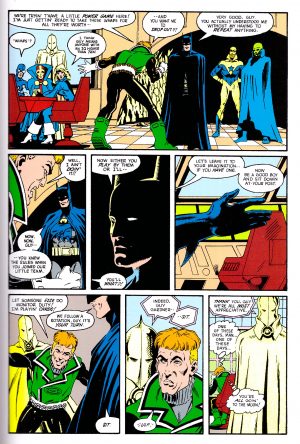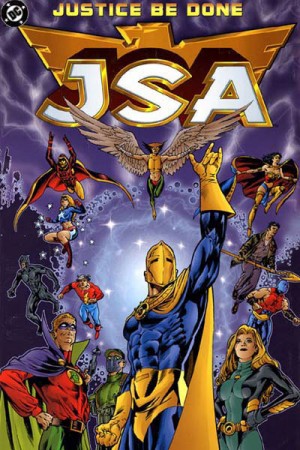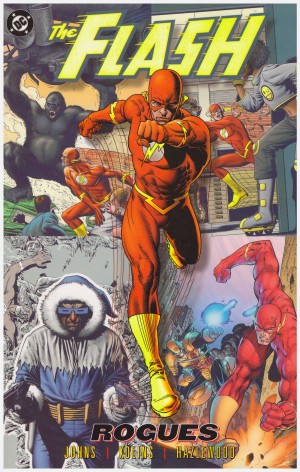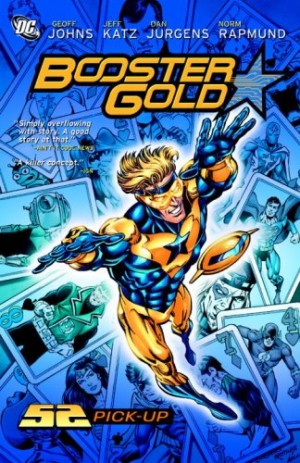Review by Frank Plowright
The Justice League was redefined for the 1980s in Volume One, and this continues the enjoyable mayhem, although is a slightly weaker book overall.
There are two primary causes. The first is a less than stellar Justice League annual about a viral invasion. The plot minimises the humorous trappings appended to the remainder of the book and it’s average. This is despite some very nice art from Bill Willingham, a homage to the earliest days of the Justice League by teaming the heroes in pairs, and a gruesome, if improbable, monster near the end. The second problem is Millennium spilling over into Justice League, leading to two chapters where the reader is dropped into the middle of a story (although text explanations are provided). For those interested in artist Kevin Maguire’s versions of classic Justice League members, though, this is the place.
Volume One concluded with the Justice League taken under the auspices of the United Nations, funded for a broader global relevance than previously. The conditions, though, required the addition of two new members representing the global superpowers of the era. Serving US military man Captain Atom and a Soviet soldier encased in Rocket Red armour are duly conscripted.
This material delves into the mystery of who Maxwell Lord is, and why he has an interest in maintaining the Justice League. The eventual revelation should still catch everyone on the hop, and involves New God Metron confronting the Justice League in a well plotted sequence.
If there’s a single chapter that exemplifies the appeal of this Justice League iteration it’s ‘Moving Day’, as the Justice League begin setting up the globally located embassies from which they’ll operate. As the US embassy falls apart, Batman has problems with the Soviets and Booster Gold embarrasses himself in France. Plotter Keith Giffen and dialogue specialist J.M. DeMatteis deliver a well-structured comedy in three locations.
The two-part closing sequence involves another of DC’s 1980s highlights the Suicide Squad. One of their members has been trapped in Russia, and the Squad’s rescue attempt is classified as a global incident. As representatives of the United Nations, the Justice League are required to uphold the sanctity of member states, setting them on a well-plotted collision course. The Squad’s regular creative team of John Ostrander and Luke McDonnell deliver one chapter, with Giffen drawing the other.
An earlier volume titled The Gospel of Maxwell Lord reprinted all but the closing Suicide Squad tale. It could be seen as the better buy, as there has been some online comment about reproduction and paper quality being superior to the hardback edition. There should be no such qualms about the Justice League International Omnibus, which reprints all six volumes of this series, plus further content equivalent to roughly two more books not otherwise available in graphic novel form.
